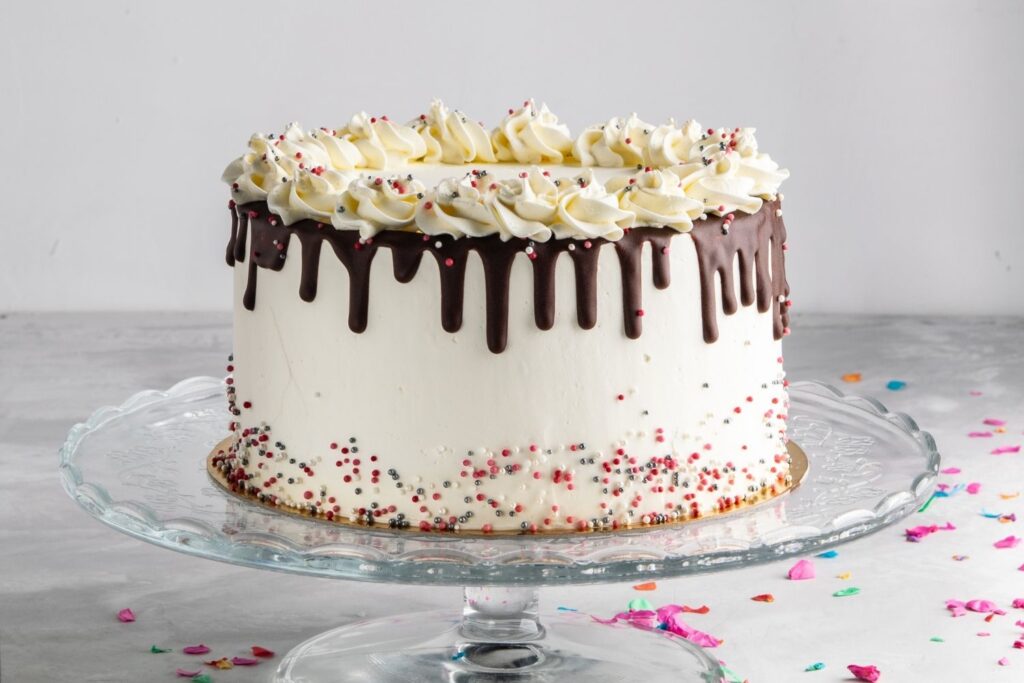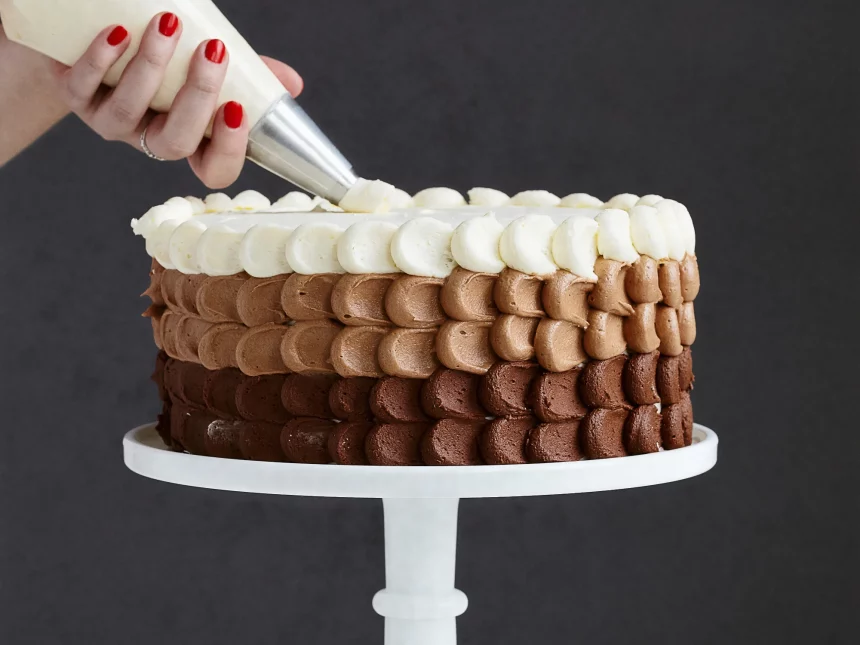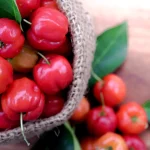Try these simple cakes tips to create a moist, fluffy cake that’s perfect for any occasion.
Cake mold lining
What’s the point of leaving a delicious cake in the pan? Prepare your food properly for a smooth and easy brew. If the recipe calls for butter and flour, place parchment or wax paper in the bottom of the pan (cut out a circle and shape). Brush the sides and bottom with softened butter, dust with flour, and turn the pan on its side to completely cover the dough, adding any excess. For chocolate cake, replace cocoa powder with flour. No paper is needed for springform cakes or decorative bunt pans. Just butter and flour (use a pastry brush to work the butter into the cracks). Exception: Biscuits, chiffons, and biscuit cakes must stand on a wall to rise properly, so they should be placed in a clean, non-stick pan. I have for cupcakes, decorative textured paper or foil liners are essential.

Measurement
An accurate measurement is the difference between a light, moist cake and a chunky, dense cake. Accurate weighing requires three weighing instruments. Includes a clear measuring cup with a spout for wet ingredients, a graduated flat rim cup for dry ingredients and a measuring spoon. Most American baking recipes measure ingredients by volume, not weight. Weight measurements are very accurate and are commonly used in advanced recipes and international cookbooks.
How to measure liquids: Stand the cup at the spout level, bend your knees so your eyes are level with the clothesline, and pour the contents in a straight line to indicate the required amount. Note that liquid cup measurements often indicate capacity in ounces. Not to be confused with weight measurements in ounces. Weighing dishes require a scale.
To measure dry ingredients: Use a spoon and scoop. Pour the flour or other dry ingredients into a measuring cup and fill it just above the rim of the cup. Then run the back of your knife along the edge to return the excess to the container. Resist the temptation to pour flour into the measuring cup. This will compact and over-flour, resulting in a dry, dry cake. Beyond that, there will be more.
Sieving
If the recipe says to make 1 cup of flour, make the flour first and then measure it. If “1 cup flour” is called for, use the “spoon and sweep” method to measure and add the flour. This can make the difference between content and leads. A fine mesh sieve will suffice. Note that flour that says “sifted” on the package must also be sifted. Use a whisk to combine the flour, salt and spices and distribute them evenly before adding the wet ingredients.
Elements to room temperature
The temperature and consistency of the ingredients also affect the texture of the cake. For cream use only (see below). As the butter softens, it becomes soft enough to whip, but retains its texture to hold and hold air (the secret to fluffy cakes tips). Butter that is too cold and hard, or too hot and too runny, will not harden and will form flat cakes or thick cakes trips. When it’s soft enough to leave a faint fingerprint, you’re good to go. (If you chop it finely, you can do it faster.) You can put it in the microwave on low heat, but if you do it too much, it will be difficult to melt, so it’s best to put it last. Use as a remedy. Heat in a bowl of boiling water for 5 minutes.
The cream
Cake recipes call for creaming or whipping the butter and sugar for a few minutes, sometimes 10 minutes. You may be tempted to skip this step, especially if you’re using a hand mixer, but it’s important to keep using it. This batter is where the structure and texture of the cake is created. Air is an important ingredient in cake and it takes time. To incorporate it into the batter properly.
Beat the eggs
The egg should also be lightly beaten. When the dough is removed from the bowl, it will be light in color and become thick ribbons. If your recipe calls for adding one egg at a time, make sure each one is thoroughly mixed before adding the next egg.
Folding
When adding the dry ingredients to the batter, it’s important not to overmix (another cause of tough cupcakes tips). The best way? Cut instead of mixing. The procedure is as follows. Push the wide end of a silicone spatula into the water like a paddle and work the dry ingredients into the dough. Swirl the bowl regularly to mix the ingredients evenly. Use the same technique when adding beaten egg whites, whipped cream, and other light, airy, moist ingredients.
Baking
Wait at least 20 minutes for the oven to heat up. Before starting work on the recipe, it is recommended to turn on the oven. Keep in mind that every oven is different and all ovens have hot spots. Also, for baking, place the rack in the middle of the oven and rotate the baking sheet halfway through. Opening the oven door too often can break the cake, so, if possible, use the window in the oven door to see how the cake is cooking. Make sure the recipe is ready 10 minutes before serving. In most recipes, the cake is ready when it starts to pull away from the sides of the pan and a toothpick is inserted into the center.

Cooling
Cake cools quickly and does not get soggy on a wire rack. Let it sit in the mold for 10-15 minutes before molding, then place on a wire rack to cool completely before frosting.
Cut layer
To separate the cake into layers, gently run a serrated knife around the perimeter of the cake to mark cut lines. If the layers are uneven, add a layer underneath.
Depository
Wrap unfrozen cupcakes tightly in plastic and store at room temperature for up to 24 hours. Cakes harden when refrigerated, so chilling is recommended for long-term storage. Wrap the layer in cling film, then in thick foil to protect it from freezing. Refrigerate before freezing. To store the cooled cupcakes, store in a large container under the top of the cake or at room temperature unless the recipe specifies refrigeration.










